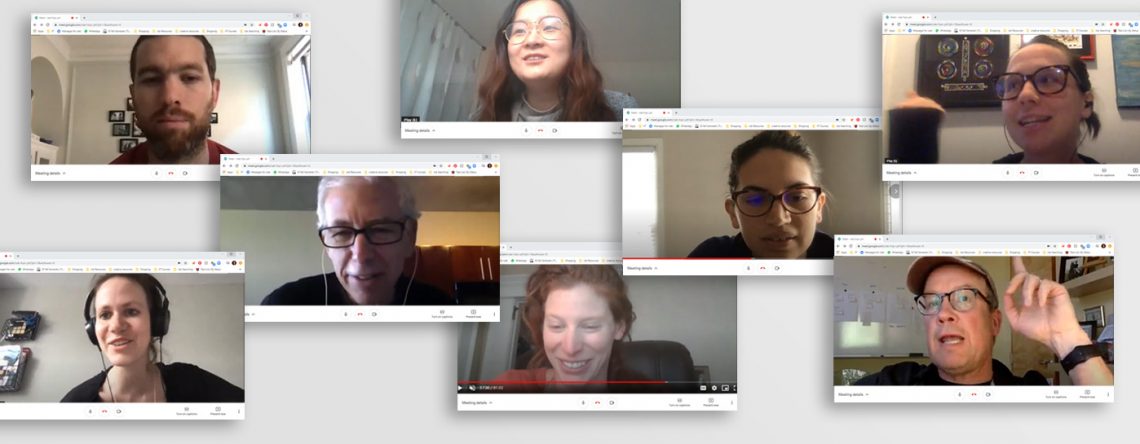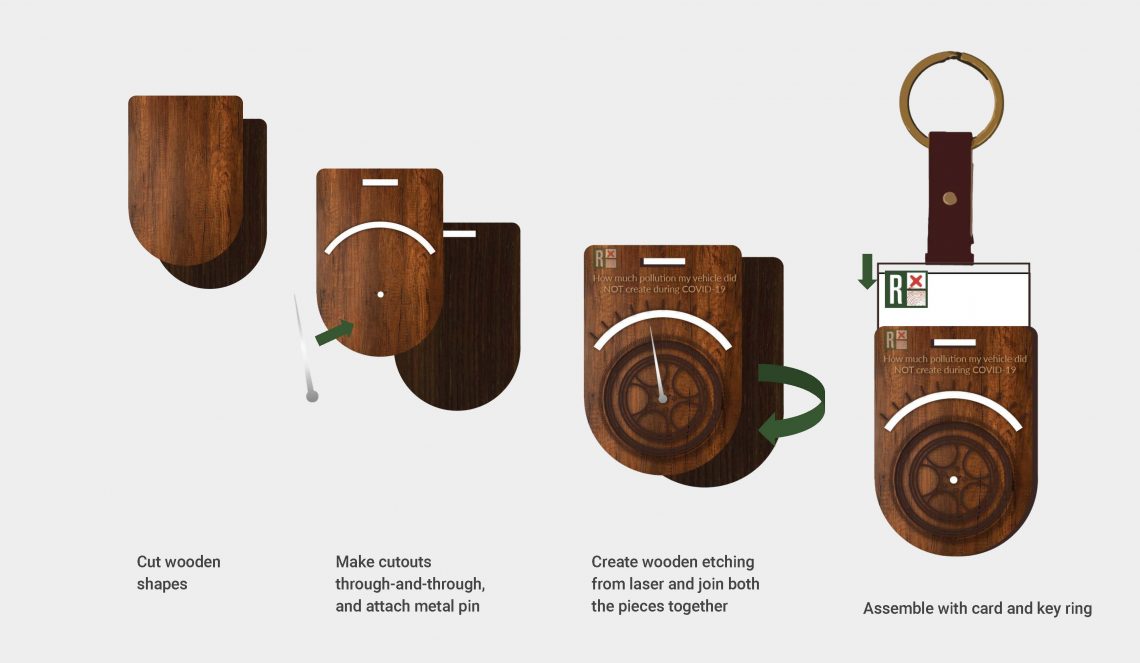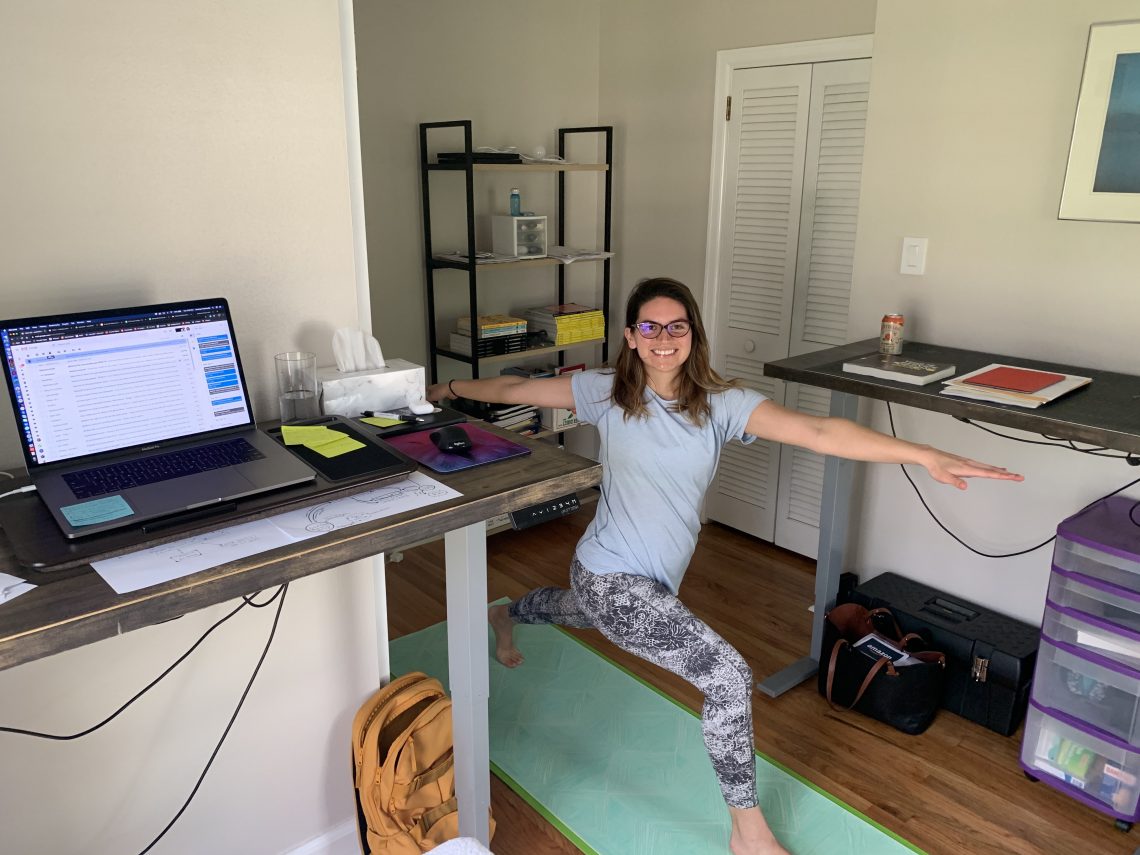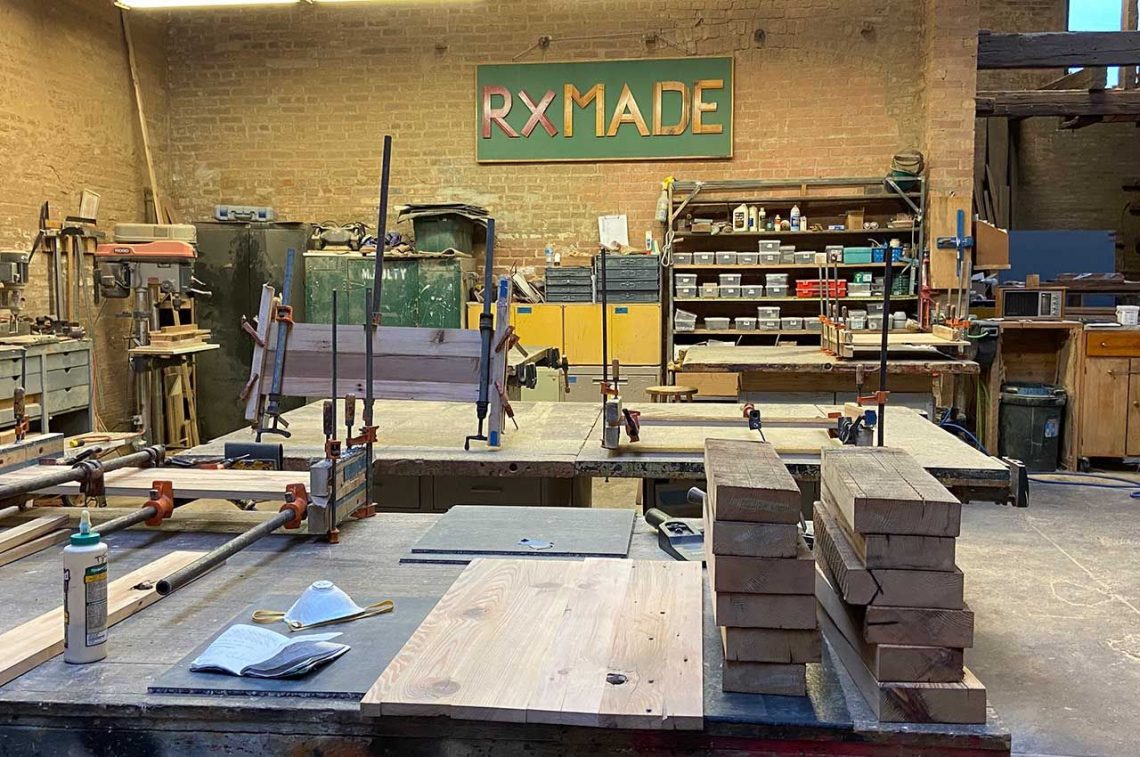
The recent emergence of COVID-19 has disrupted nearly all of our everyday activities at IIT Institute of Design, including how we deliver graduate design education. The initial push to quickly rethink the Spring 2020 semester at ID was largely a matter of surviving the end of the semester.
But living through this natural experiment also prompted us to embrace the situation and explore what better remote delivery of design learning might look like with more of a thriving mindset.
As Jessica Bogart Kasper (MDM 2020), a student in my class, has observed,
Our project, dubbed remoteID, pulls from ID’s strengths in human-centered design, design strategy, and behavioral design. As the faculty research lead, I recruited a team of six ID graduate students with a mix of backgrounds, programs, and experience to tackle two distinct but related topics: (1) using the affordances of remote technology to deliver a rigorous learning experience, and (2) remotely supporting a design “community of practice” that allows ID students to cultivate an individual and collective sense of identity as professional designers.
For this project, as Jessica pointed out, “We are researchers but also subjects in many ways. So there is a lot of reflection throughout the process.”
This means that she and the other students involved are particularly committed.
Andreya Veintimilla (MDes 2020) says,
A key part of the project will focus on breaking down the concept of educational “modes” in design classes. We’ll first explore how different activities or interactions support students in learning and practicing design skills, and then see how these high-level goals might be met effectively, if differently, in in-person and remote or hybrid environments.
Critique sessions, for example, in which students present work and both give and receive constructive feedback, are fundamentally about moving beyond personal or subjective responses to in-progress designs and orienting toward a piece’s objective ability to solve the problem it is attempting to address. Doing this well not only requires certain physical and technical affordances—the ability to see work both up close and far away, or to quickly sketch suggested revisions—but also relies on a shared sense of trust and investment. This kind of collaborative environment may not be unique to design, but is critically important to making students more comfortable sharing half-formed work and allowing them to deliver and accept useful feedback that builds the group’s skills as much as the individual’s.
Navigating these technical, social, and pedagogical needs may look very different in-person than through Zoom or Blackboard. This requires faculty to reconsider long-held norms vis-à-vis not only software platforms, but also strategies for student engagement, the amount of structure required to communicate expectations, and even the length of class sessions and breaks.
It’s also well known that the some of the most innovative solutions come from shifts in circumstance and constraints, and we have high confidence in our ability to take this unexpected opportunity to reimagine how design education and communities of practice might look and work in the future. This means that the remoteID project, which started in mid-March and will continue throughout the summer, will focus on experiments to enhance remote delivery of some courses in Fall 2020, as necessary, while also informing new models for continuing and executive education for audiences beyond master’s and PhD students.


